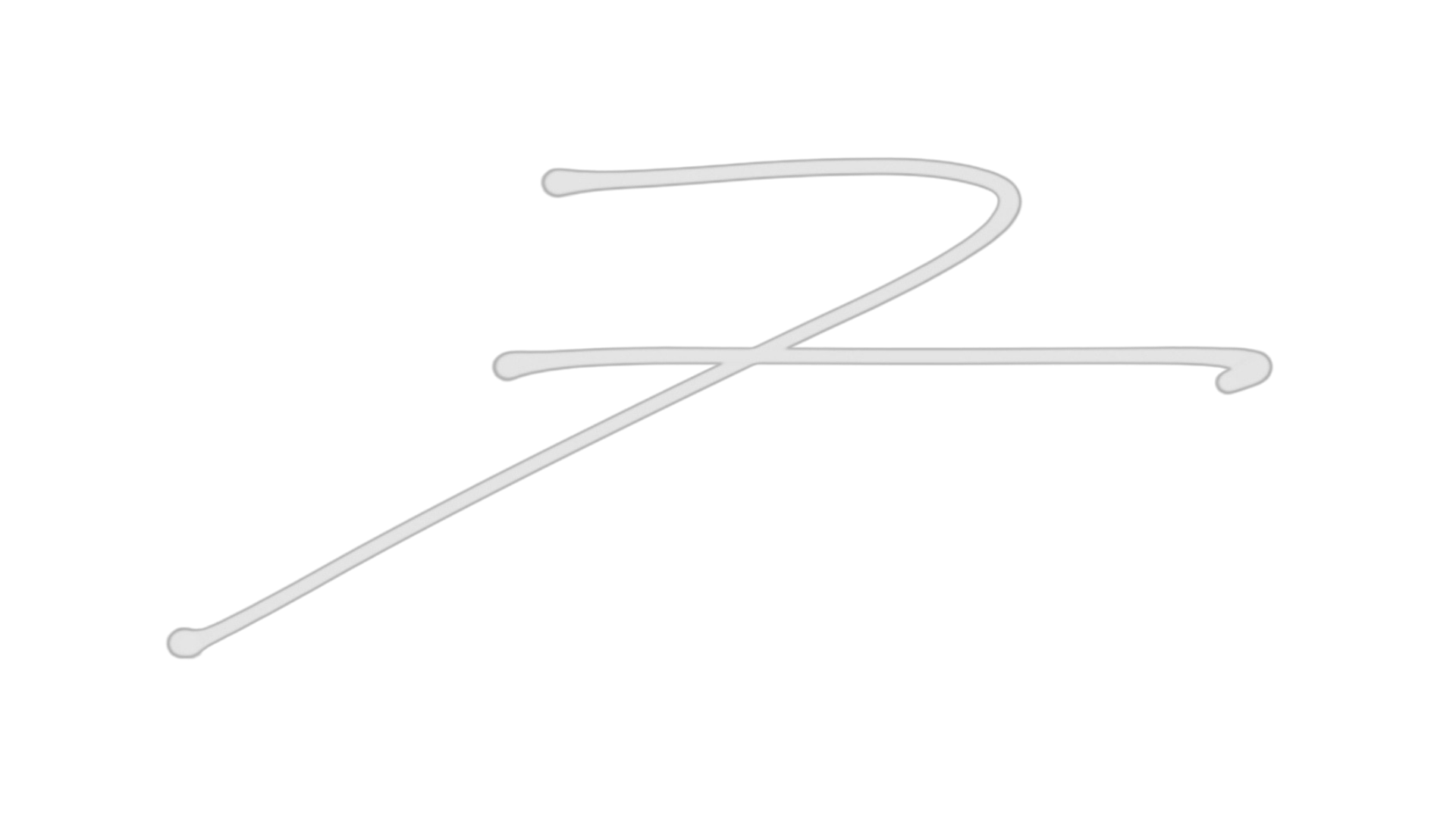9 Sound Design Fundamentals for Beginner Producers in 2025

Sound design is the secret sauce behind the most compelling tracks, transforming raw ideas into sonic masterpieces. In 2025, sound design continues to evolve with cutting-edge tools, but the core principles remain timeless. Here are 9 sound design fundamentals every beginner producer should master, organized into 3 main categories for clarity and focus.
Master the Foundations of Synthesis
Understanding synthesis is like learning the alphabet of sound design. These three pillars will help you shape sound from scratch.
-
Subtractive Synthesis
Start with a rich waveform (like a saw or square wave) and sculpt it by removing frequencies using filters (low-pass, high-pass). It’s the backbone of classic synth sounds. -
FM Synthesis (Frequency Modulation)
Generate unique textures and tones by modulating one waveform with another. Think shimmering bells or growling basslines. -
Wavetable Synthesis
Morph between different waveforms for evolving, dynamic sounds perfect for modern electronic music.
How does Sound Work? Energy, Frequency & Vibration
 ⭐️ Start by downloading all of my FREE Music Production Guides ⭐️ It took me years to learn this stuff!
⭐️ Start by downloading all of my FREE Music Production Guides ⭐️ It took me years to learn this stuff!
Build Unique Textures Through Layering
Layering is where sounds truly come alive. Master these techniques to create depth and complexity.
-
Combine Different Sound Sources
Layer organic sounds like foley or acoustic instruments with synthesized elements to add warmth and character. -
Frequency Stacking
Use layers that occupy different frequency ranges (low, mid, high) to ensure a full, balanced sound. -
Dynamic Variation
Vary the volume, pitch, or timing of layers to make your sounds feel more natural and less robotic.
Home Studio Lingo: Essential Music Production and Audio Engineering Terms
 ⭐️ Learn Ableton Live & make your first song in 90 min. with my Free Online Ableton Live Course ⭐️
⭐️ Learn Ableton Live & make your first song in 90 min. with my Free Online Ableton Live Course ⭐️
Manipulate and Shape Your Sound
Manipulation techniques help turn good sounds into unforgettable ones. Here’s how to take your ideas further.
-
Envelopes and LFOs (Low-Frequency Oscillators)
Use ADSR envelopes to control attack, decay, sustain, and release, shaping how your sound evolves over time. Pair this with LFOs to add movement and rhythm. -
Effects Processing
Explore reverb, delay, distortion, and modulation effects. Subtle use of effects can transform a flat sound into something atmospheric and engaging. -
Time and Pitch Manipulation
Stretch, pitch-shift, or reverse sounds to create unique sonic textures that stand out in your mix.
The Cycle of Sound: 6 Ways to Measure Audio Waveforms
Final Thoughts
Sound design is as much about exploration as it is about technique. By mastering these 9 fundamentals, you'll have the tools to craft sounds that reflect your creative vision and set your productions apart. Remember: in sound design, there are no wrong answers—only opportunities to experiment and grow.
⭐️ Download my Free Magic Delay settings Guide ⭐️
⭐️ Download my Free Magic Reverb settings Guide ⭐️
#protools #daw #homestudio #recordingschool #recording #musicproduction
Also read:
9 Must-Know Beatmaking Techniques for Beginner Music Producers in 2025
9 Must-Know Vocal Production Techniques for Beginner Music Producers in 2025
9 Must-Know Music Production Techniques for Beginners and Home Studios in 2025

Hey, I'm Futch - Music Production Coach and Ableton Certified Trainer
Learn how to make your first song and beat in Ableton Live with my
FREE 90-minute Ableton Live course
I've been teaching audio engineering and music production for 35 years.⭐️
Check out my new online music production program: Music Production Ninja...







